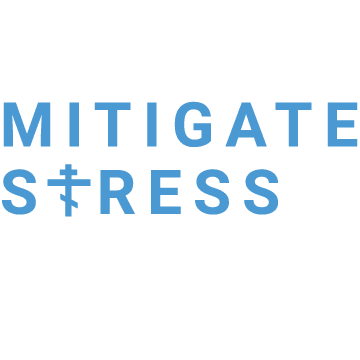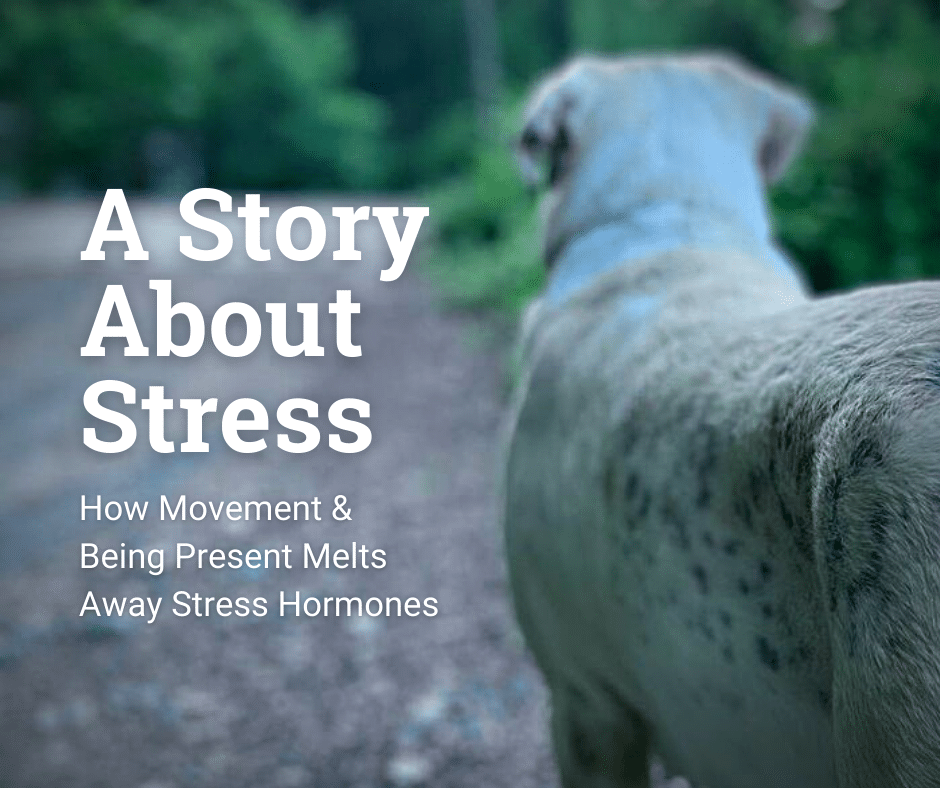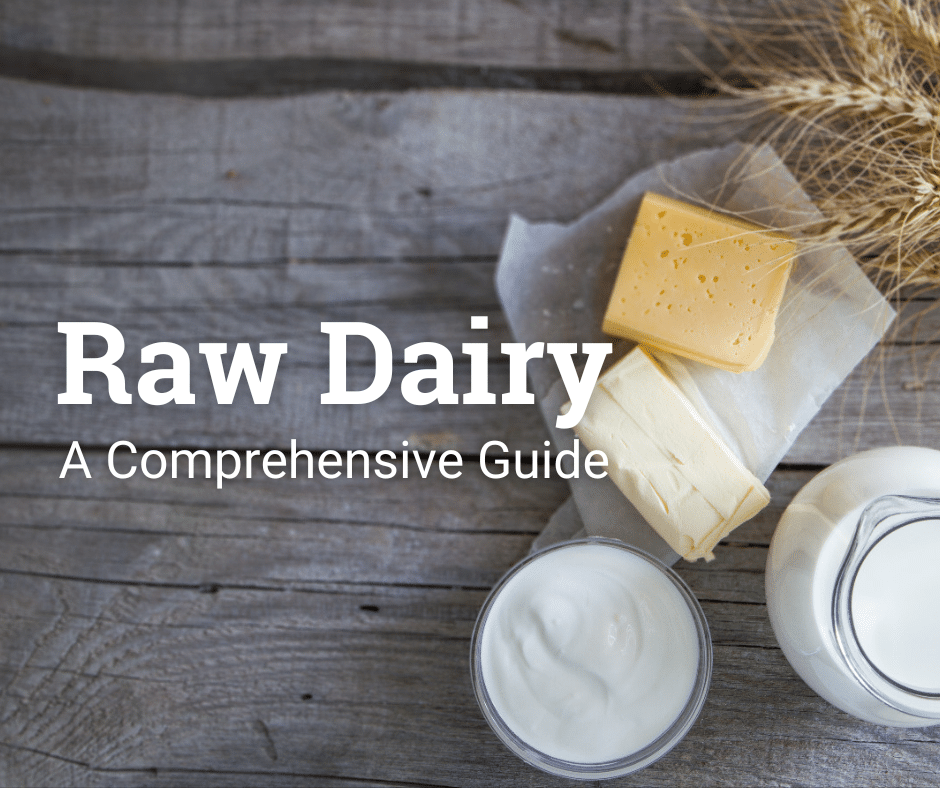Table of Contents
Have you ever stopped to wonder if your clothing, bedding, couches, and other fabric/materials could be causing you symptoms of illness? Well, if you have, then you are on the right track because, in this blog, we will briefly go over quite a few studies that leave no room for questions about whether or not synthetic fibers are safe for human use on our skin and in our homes.
Organic Cotton
Let’s start this blog off softly with organic cotton. Organic cotton has become more popular in recent years as a healthier, sustainable, and eco-friendly alternative to conventionally produced cotton products. We believe organic cotton is the best clothing source for not only the environment but also our health.
Traditional cotton is commonly treated with toxic chemicals, such as herbicides, pesticides, and other chemicals, which can be absorbed by the skin and potentially cause allergic reactions and skin irritations. These chemicals are extremely toxic and can also alter our hormones. Some studies even suggest they may cause infertility.
Good quality sourced organic cotton is known for its exceptional quality and durability. The absence of harsh chemicals used during the growing and manufacturing process allows organic cotton fibers to retain their natural strength and resilience. Organic cotton garments are less likely to wear out and change their shape, resulting in a product that lasts longer and withstands frequent washing and wear.
We at Mitigate Stress are dedicated to reducing all kinds of life stressors. This includes our clothes. We are working hard on coming out with a natural clothing line soon. Our organic cotton is responsibly sourced and produced without chemicals, solvents, or toxic/synthetic dyes before, during, and after manufacturing.
Synthetic Fibers
Polyester is one of the most popular synthetic fibers used in many industries. Much information has surfaced recently regarding polyester (and many other petroleum-based products) being directly related to infertility and being a severe hormone disruptor, especially if you exercise and are less sedentary.
The main toxicity associated with polyester lies not only in and of itself but also in the production process and the use of harsh chemicals during manufacturing, for instance, petrochemicals derived from crude oil. These petrochemicals are not just toxic to the skin and our system, but they also significantly pollute our air and water supplies.
Polyester is also commonly treated with certain chemicals which enhance its properties, such as stain-resistant coatings, flame retardants, wrinkle-free finishes, and more. Some of these chemicals include but are not limited to formaldehyde, phthalates, and heavy metals, which all have been directly linked to adverse health effects in humans. Formaldehyde, especially, is a known carcinogen that can cause respiratory issues and skin irritation.
According to a study by the National Institute of Health, wearing polyester underwear is linked to an increased risk of miscarriages. (Source) One of their studies suggests that men can use polyester undergarments as a 100% effective form of contraception. (Source) Additional studies have revealed that this can result in infertility for females and sterility and impotence for males. (Source) By the way, did you know that many Hanes and Fruit of the Loom underwear for men and women are made of over 80% polyester? Some experts have warned that polyester can be harmful and suggest keeping babies and young children away from it. (Source)
For those with sensitive skin, polyester can cause rashes, itching, redness, eczema, dermatitis, blistering, or make existing skin problems worse up to three days after exposure. Let’s add heat to the mix. As polyester is heated, it actually releases chemicals like antimony oxide Sb2O3, a carcinogen used in polyester manufacture. As a result of body heat, it is partially dissolved in sweat and absorbed by the skin. The effects may cause heart, liver, kidney, and skin conditions. Several minor and more severe health problems can be caused by inhaling polyester gasses like formaldehyde and perfluorochemicals (PFCs). A recent American Academy of Pediatrics report emphasized the danger of perfluorochemicals (PFCs). (Source)
The same is true of children’s pajamas made from polyester. Researchers in New Zealand found that fire retardants in 200,000 crib mattresses were linked to Sudden Infant Death Syndrome (SIDS). (Source) To reduce the risk of SIDS, avoiding polyester and other synthetic materials is recommended when buying sleepwear for kids. Natural fabrics such as cotton are a safer option. It is also important to check the labels of all children’s sleepwear for any fire-retardant chemicals.
As a result of the inability of your body to regulate its own temperature efficiently enough, polyester in pillows and bedding is a leading cause of insomnia, headaches, fatigue, and poor-quality sleep. High-end hotels use only 100% cotton bedding, but cheap motels use cotton/polyester blends. Towels made with cotton and polyester thread (filler) get musty, whereas towels made with 100% cotton do not.
Polyester fabrics also have poor breathability, contributing to unpleasant odors, potential skin infections, overgrowths, skin irritations, and discomfort. Some manufacturers have adopted more sustainable practices considering polyester consistently fills up textile waste in landfills. This is all well and good, but polyester has no business being anywhere near our skin, especially during intense activities and for our growing children.
Even natural fibers such as bamboo can be heavily treated with volatile chemicals to enhance their softness, appearance, or other qualities. One can assume that cheaper products have more of these chemicals present because the base fibers they’re made of are of inferior quality and warrant enhancement. For example, cheap cotton fiber is rougher and less lustrous than high-grade cotton fiber, such as sea island cotton. The same goes for wool hence why sourcing is so incredibly important.
Speaking of bamboo, rayon is a scam. If it does not say “bamboo fibers” in the fabric compositions list and says rayon or viscose bamboo, then it indicates that it is mainly made from the cellulose of bamboo that is extracted with some form of chemicals without any actual bamboo in it. Most bamboo clothing sources are more than just bamboo. Bamboo is actually very cool and worth the investment if you can locate a reputable source.
What About Wool?
Another product that we will be selling will be cashmere/merino wool beanies and other wool products in the future. Why wool? Like organic cotton, wool is a 100% natural material that grows all year round. Wool has zero off-gassing and no VOCs. In other words, it’s entirely toxic-free and a must if you are trying to reduce exposure to VOCs in your home.
Wool is extremely moisture regulative, breathable and naturally helps regulate your body’s temperature by keeping you cool in the summer and warm in the winter, allowing you to feel and rest effortlessly no matter the season. Synthetic fibers significantly increase body odor because they lack proper ventilation and breathability, making them a breeding ground for anaerobic bacteria and fungi. On the other hand, wool has a unique structure that naturally repels bacteria, preventing the possible build-up of stinky odors.
That being said, wool is not only naturally anti-bacterial but also mildew resistant and antimicrobial. Wool is naturally charged, while synthetic fibers are positively charged, attracting odor-causing microbes. Wool is also naturally hypoallergenic and resistant to dust mites.
Many people assume wool is weak and frail; in fact, wool’s durability and strength are very impressive because the wool fibers themselves can be bent back on themselves as much as 20,000 times before breaking. To put this into perspective, cotton breaks after 3,200 bends, which is still impressive compared to rayon fibers, only lasting 75 times.
Wool is not only incredibly strong but also naturally flame resistant. Unlike synthetic polyester and nylon, wool does not melt or flame. It is the only bedding material not required by law to be sprayed with fire retardants. This is huge; this is incredibly important to note because, as we mentioned earlier, flame retardants are highly toxic and should be avoided at all costs, especially your clothing and beds.
Wool beds make a perfect mattress option for anyone due to their exceptional ability to support our body’s weight and distribute weight evenly throughout, better than any synthetic or other natural material. Wool beds also reduce motion transfer, so you and your partner aren’t disturbed during the night. On top of this, wool is a very renewable material; once cut, it grows back naturally and effortlessly. Once and if wool is used and thrown away, it will completely and safely degrade in the soil while releasing beneficial nutrients.
One company we have come to love is Home of Wool. At Mitigate Stress, we personally vouch for Home of Wool’s 100% pure wool products. Their scientifically-backed benefits, including improved sleep and body temperature regulation, align with our wellness-focused lifestyle. They have a wide range of wool products, from bedding to decor to nursery and even pet items. Save at their online store with a special 10% discount using code MGS.
In Conclusion
Stick with organic natural fibers such as our organic cotton shirts, shorts, and more, and responsibly sourced wool like our cashmere/merino blend beanies.
We have been professionally in the fitness/health industry for over a decade. It took us a long time to realize the extremely harmful effects that synthetic fibers can have on one’s health. Mix some heat, sweat, and long hours into the equation, and you have a recipe for the worst possible clothing option. Yet many of these companies are buying cheap plastic clothing and rebranding them as 100-dollar specialized workout clothing.
We got sick and tired of being sick and tired; when it comes to health, we can’t stop at just nutrition and supplementation. We have to become aware of a lot of variables. This is why we are now sourcing and will be selling the highest quality organic cotton and wool clothing that we actually wear every day for both workouts and work. Not only is our organic cotton softer, but more durable than most leading brands. We hope you try out some of our apparel and enjoy it.
God Bless,
Nick & Nathan
References
- https://www.healthychild.com/has-the-cause-of-crib-death-sids-been-found/#:~:text=James%20Sprott%2C%20OBE%2C%20a%20New,purposes%20since%20the%20early%201950%27s.
- https://pubmed.ncbi.nlm.nih.gov/18225689/
- https://pubmed.ncbi.nlm.nih.gov/18393023/
- https://pubmed.ncbi.nlm.nih.gov/1623716/
- https://pubmed.ncbi.nlm.nih.gov/8279095/
- https://prominentemporium.com/blogs/news/polyester-biggest-enemy-to-our-skin-and-health-in-our-own-home
- https://prominentemporium.com/admin/news/polyester-biggest-enemy-to-our-skin-and-health-in-our-own-home/
- https://lesstoxicguide.ca/babycare.php
- https://castleware.com/blogs/blog/fleece-cotton-versus-polyester
- https://www.medicalnewstoday.com/articles/323566#symptoms
- https://medium.com/@pixieforest19/this-is-what-you-should-know-about-monomers-before-you-put-polymers-on-your-skin-polyester-is-1070109a1dfd
- https://pediatrics.aappublications.org/content/142/2/e20181410
- https://publications.aap.org/pediatrics/article/142/2/e20181410/37583/Food-Additives-and-Child-Health
- https://castleware.com/blogs/blog/fleece-cotton-versus-polyester
- https://www.thehouseofpillows.eu/polyester-shouldnt-be-in-your-bed-blog/
- https://homeofwool.com/wool-benefits/
* This post contains affiliate link(s) or codes. An affiliate link or code means I may earn advertising/referral fees if you make a purchase through my link, without any extra cost to you. It helps to keep our small business afloat. Thanks for your support.






0 Comments